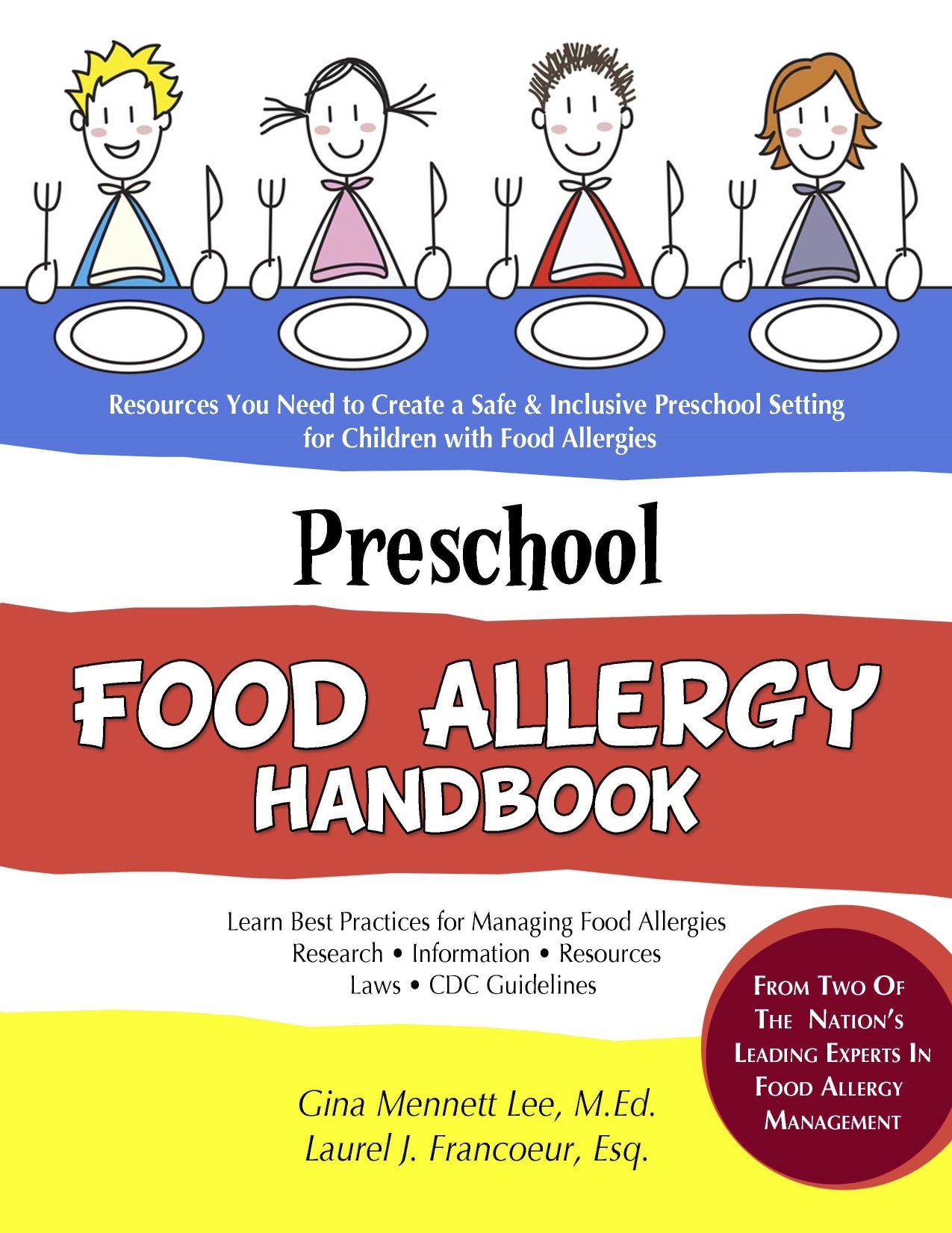FARE just released a FREE, 15-minute anaphylaxis course, Save A Life: Recognizing & Responding to Anaphylaxis. Anytime there is a new training tool available, it is important for me to review it myself. Of course, FARE is a trusted resource, so I knew it would be based in medical fact and provide sound information and advice. However, I wanted to see what information is conveyed, how it is conveyed and how this tool can be applied in various settings.
OVERVIEW:
The 15-minute course is very easy to follow. There is a female that narrates the entire course bringing viewers through three sections.
SECTION ONE: Three Key Points. Each key point is narrated and includes visuals and pertinent tips.
KEY POINTS:
- What is anaphylaxis and what causes it?
- How do I recognize the symptoms of anaphylaxis?
- What should I do if someone is having an anaphylactic reaction?
SECTION TWO: Epinephrine Auto-injector Training Videos
After each key point is addressed, there are videos demonstrating how to use each epinephrine auto-injector currently on the market. You can choose to view one, all or none of the videos.
SECTION THREE:
The Final Section is a 10 question quiz reviewing the key points of the course. You only pass the course if you answer all of the question correctly. However, you may take the quiz multiple times. A certificate of completion can be downloaded after you pass the test.
What I like about it:
- It only requires 15 minutes
- I’s FREE!!
- It can be used by school personnel, caregivers, family, friends, co-workers and patients.
- It takes the burden of education off of the patient or the parent.
- There is a quiz at the end and a certificate of completion (helpful for school setting if staff need to use it for proof of professional development)
- Visual, easy-to-understand
- Addresses training with ALL available epinephrine auto-injectors
- Reviews what to do if someone is experiencing anaphylaxis in two different scenarios (one where epi is available & and one where there is not epi available)
- Includes helpful tips like requesting an ambulance with epi on hand, what to do with the person once epi is administered and others
How I Think This Could Be Used
I think this is a great training tool for anyone that needs or wants to know how to identify and respond to anaphylaxis. I could see this being used to train school personnel, parents, patients, caregivers, co-workers and much more. I do think that it is important for people that supervise or work with people with a known food allergy, to use actual epinephrine auto-injector trainers in conjunction with the videos. I also think it is important to have a conversation that allows for specific information about responding to individual food allergy patients as well as to address questions the trainee may have.
Bottom Line: This is a great, easy-to-understand, and quick training tool. It would be helpful to anyone that wants to know how to identify and respond to anaphylaxis. It does not replace a more thorough training that would allow for the use of epinephrine auto-injector trainers as well as the interaction between an instructor and the trainee. It would be a great jumping off point for a more individualized discussion.

